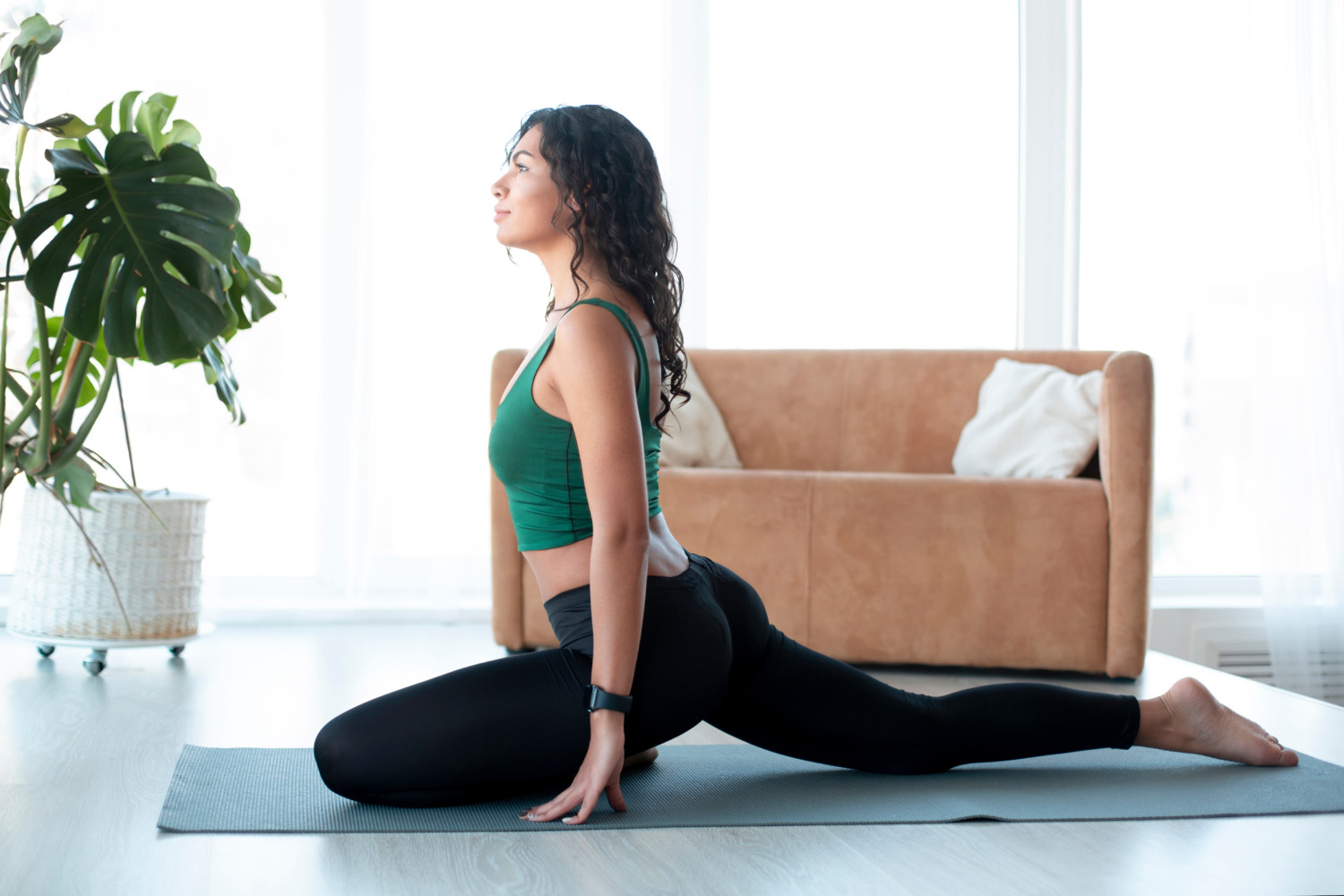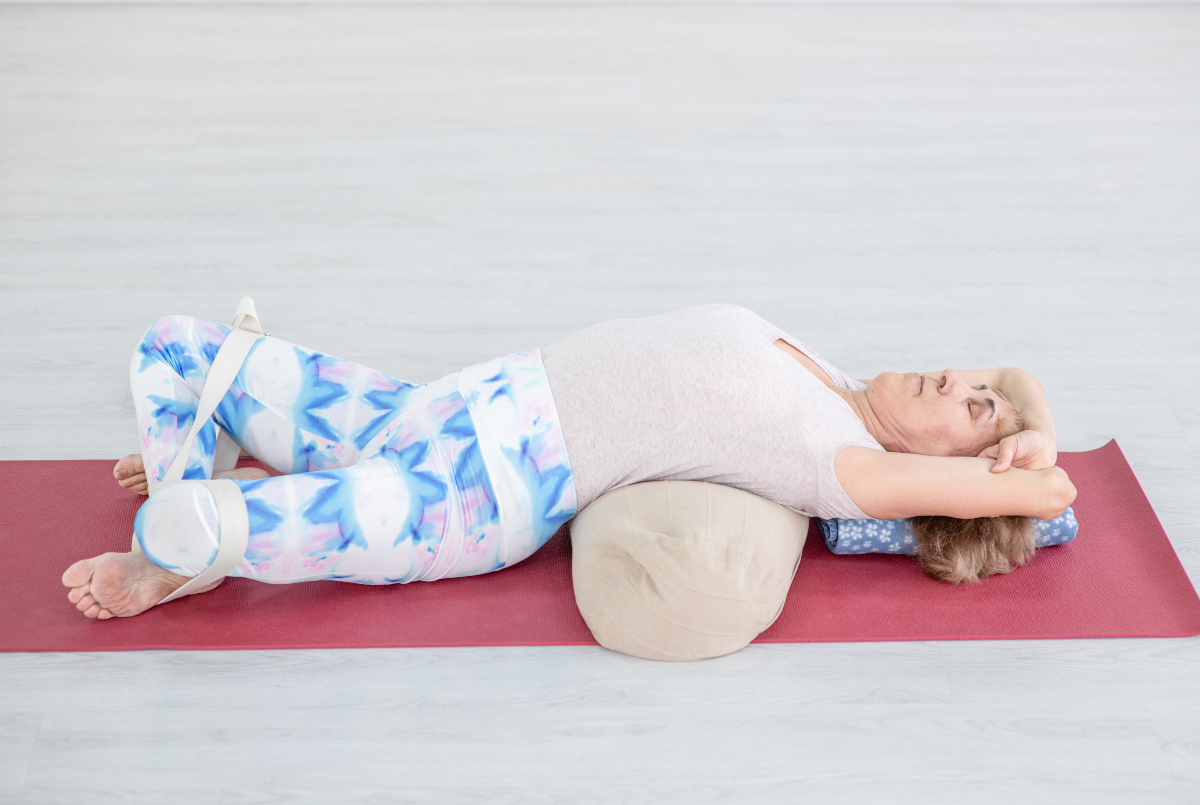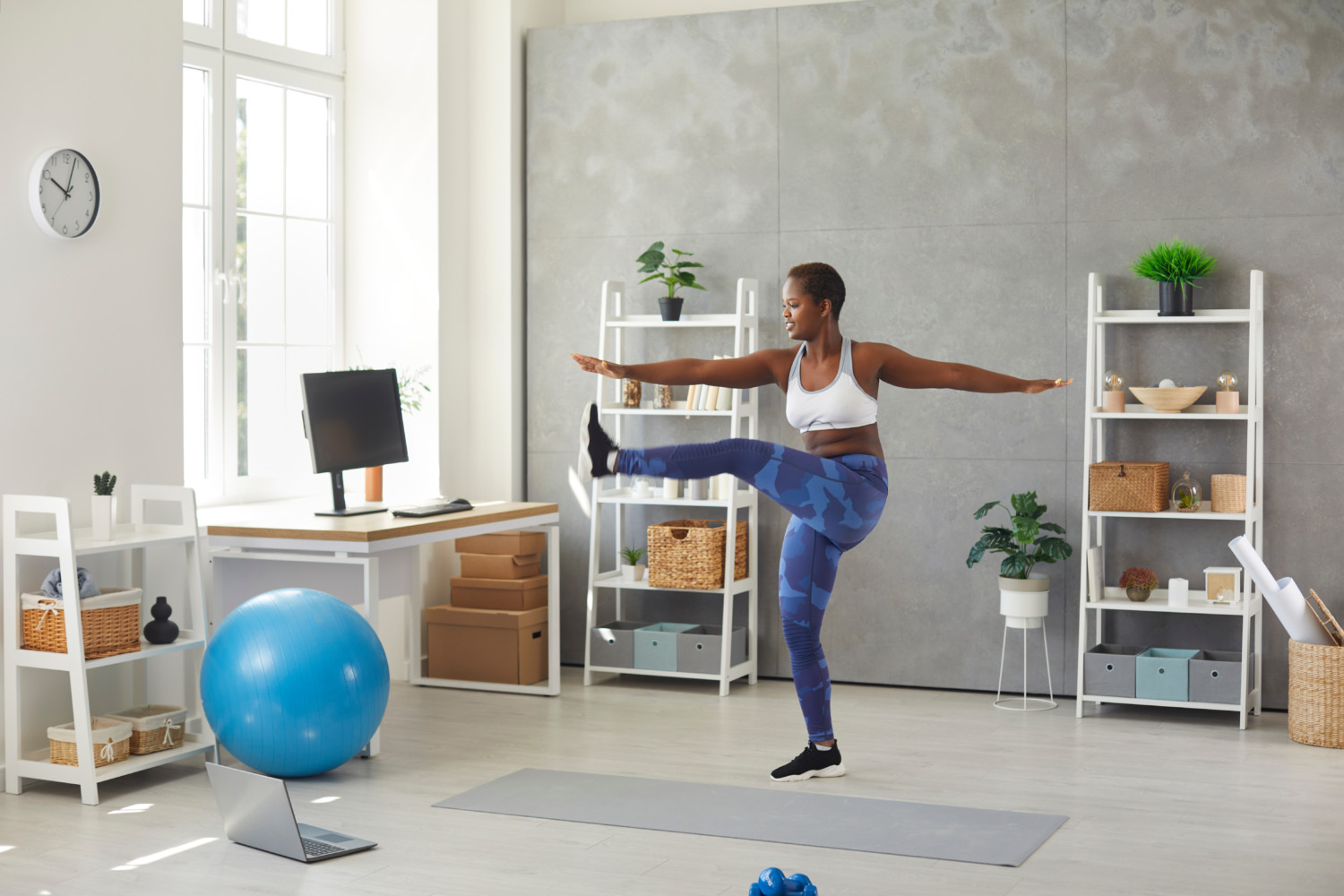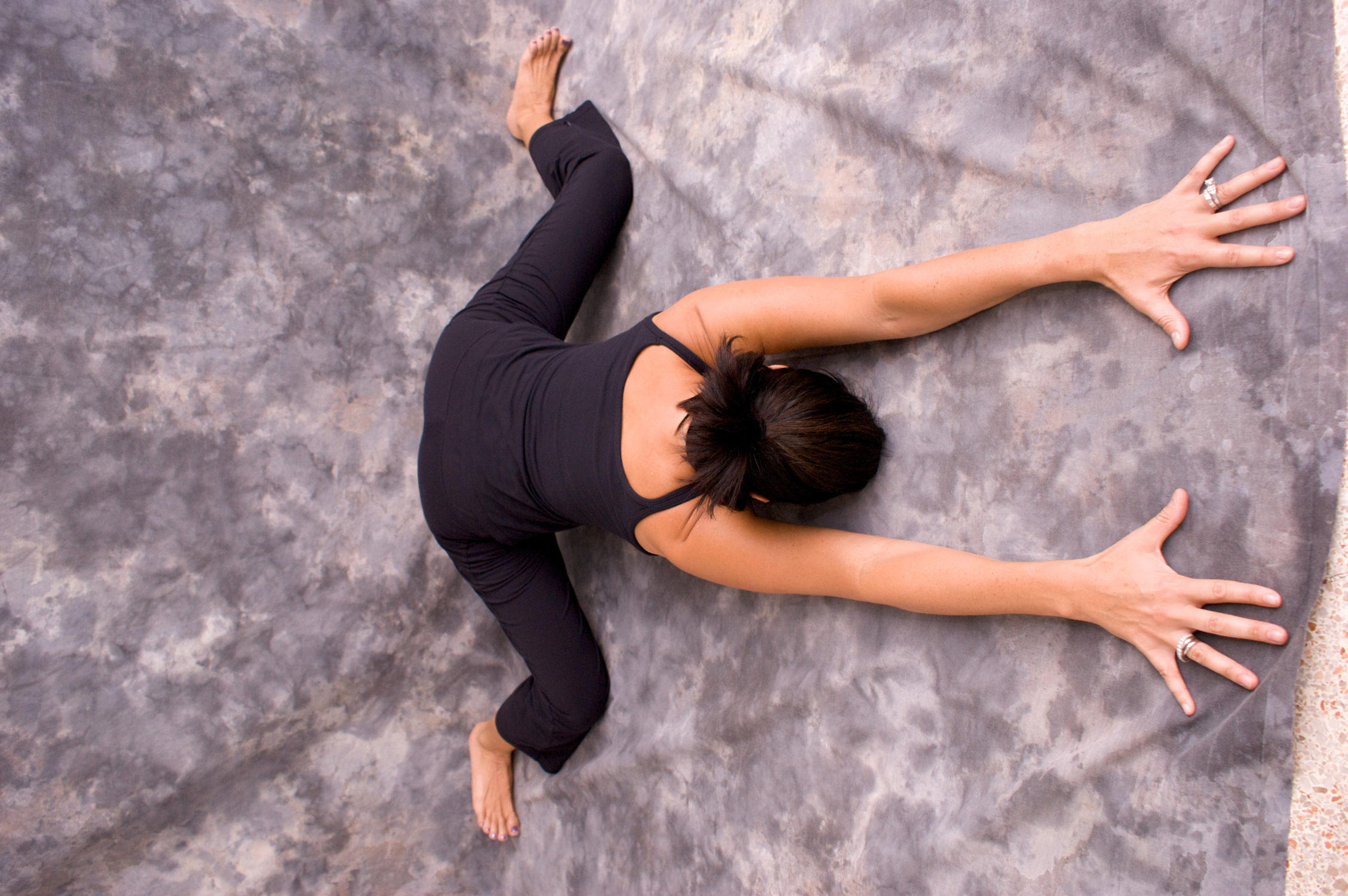Do you have tight hips? If you suffer from low back pain, glute pain, knee pain, or neck pain and tightness, the culprit might actually be your hips. This is because our hip flexors (a group of muscles including the iliopsoas muscle, the rectus femoris muscle, the sartorius muscle and the pectineus muscle) connect to everything from the spine to the knees to the lower legs. They’re what allow you to squat, bend forward, and lift your knee.
Opening and releasing your hips can offer full-body relief for all sorts of aches and pains, especially if you spend a lot of time sitting at a desk or in the car. Tight hips are not only uncomfortable, but they can also lead to injury or decreased mobility. Hip-opening exercises are important for athletes, especially people who run, cycle, walk or hike.
So if you have New Year’s resolutions to be more active in 2023, make sure that you start with keeping your hips as stabilized and strong as possible. Recent research published in the journal Medicine & Science in Sports & Exercise has shown that people with hip instability are at greater risk of developing issues like Achilles tendonitis and other painful conditions.
Make sure you can stay active and keep discomfort and injury at bay by learning how to properly stretch your hip flexors.
Pigeon Pose
This classic yoga pose is wonderful for opening up your hips. It’s very accessible for people of all ages, shapes and mobility because it offers many variations. There is the reclining pigeon (done on your back), classic pigeon (in which you remain upright), resting pigeon (in which you lean forward and rest on your head or arms), one-legged pigeon (in which you reach back and grab for your opposing leg), or king pigeon (the most advanced, in which you bend backward and rest on your elbows).
If you are new to yoga or hip-opening exercises, it’s best to start with reclining pigeon and gently work your way to deeper stretching over time. Read the directions for pigeon pose variations at the Art of Living site.

Butterfly Stretch
In a seated position, bring your legs in front of you and press the soles of your feet together. From here you can “fly” your butterfly, gently moving your knees up and down to flex your inner thighs and deepen your stretch, or you can lean back into a reclining butterfly.
If you aren’t quite ready to fully recline, you can put a folded-up blanket behind you or a yoga block to help offer support as you work your way to reclining butterfly. You can also put a yoga band above your knees to help ensure that your hips stay in a wide open position as you recline, instead of bending inward and causing you to lose the stretch.

Leg Swings
If you spend your day at your desk, swinging your legs can be a great way to incorporate some stretching and movement in your hips when you start to get stiff. Stand up straight and hold on to a wall as you gently lift and vertically swing one leg at a time, back to front. You don’t have to lift your leg too high: Just let it swing back and forth as far as feels comfortable.
Do this exercise several times and switch to the other leg. This dynamic stretch is also great to do before a run or exercise session. Read more about how to effectively and correctly perform leg swings at Spotebi’s website.
You can also do side-lying leg swings on the floor; if possible, you may wish to position yourself against a wall. Using a wall may help you isolate your hips more and prevent injury. Lie on your side with your back against the wall. Now slowly lift your leg and keep it as flush against the wall as possible. Concentrate on making sure the movement is coming from the hip, which means you won’t need to lift your leg that high.
Do these leg swings for 30 seconds. Then, switch to your other side and do the exercise with the other leg.

Frog Pose
Like pigeon pose, frog pose offers many variations to suit your unique body and your flexibility. This yoga pose is basically a squat you do facing downward with your legs wide and knees on the floor.
Begin by starting in tabletop position and then allowing your knees to slowly widen while you keep your core and upper body stable. You will soon feel a stretch in your inner thighs. Only widen your knees as far as is physically comfortable. You can use a yoga block under your arms for ease and accessibility.
Read the directions for frog pose and its variations at the The Yoga Nomads site.

90/90 Hip Mobility Stretch
This hip mobility stretch will help strengthen your hips and retain mobility. In this exercise, you are seated on the floor with one leg forward and one leg behind you at at-degree angles with one another. This pose allows you to work one hip internally while you work the other externally.
Watch how to stretch your hip flexors using this method by watching this YouTube video from certified trainer and strength coach Jack Hanrahan.
If you learn how to stretch your hip flexors properly, you should be able to improve mobility and ease pain, so get to it!
This story originally appeared on Simplemost. Checkout Simplemost for additional stories.


